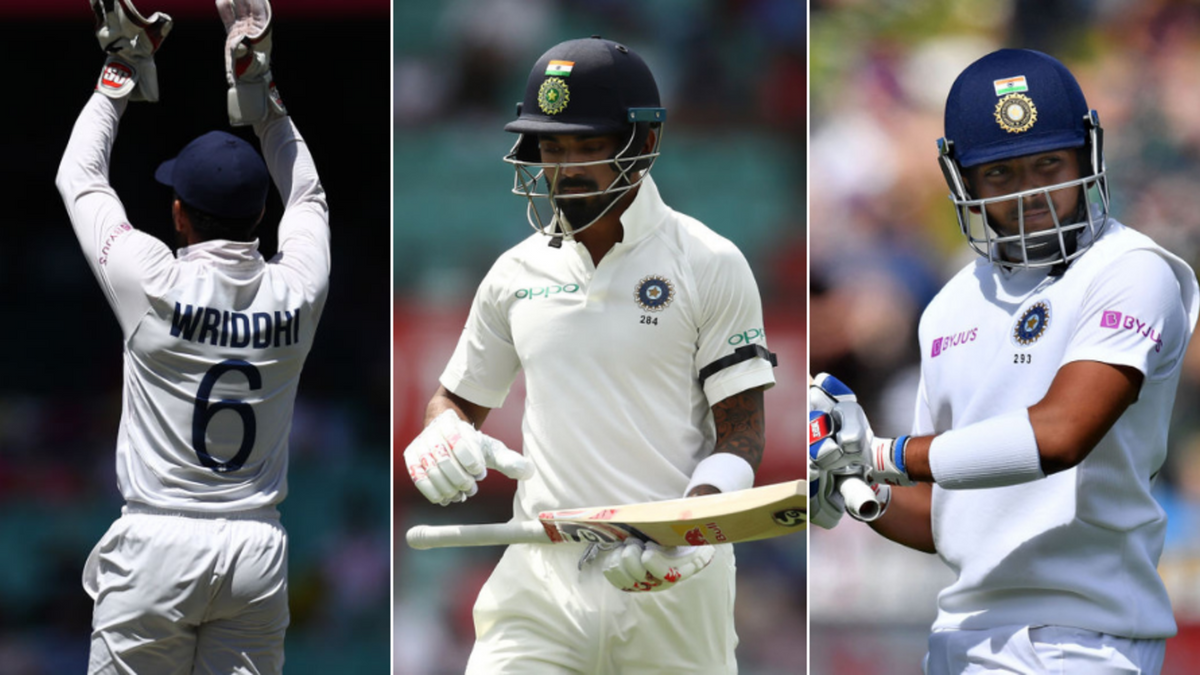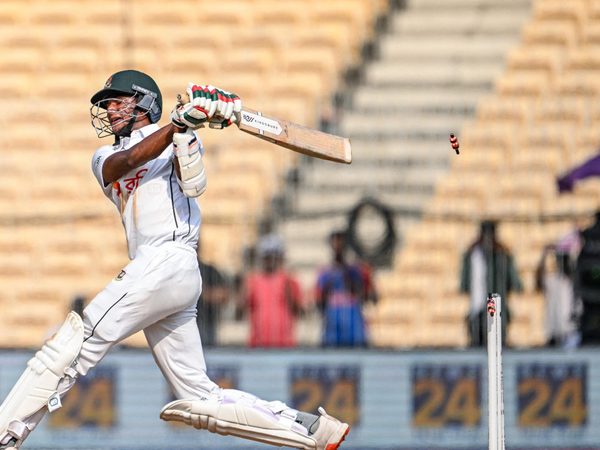
If all of India’s first-choice players are fit and ready to feature in their Test XI, how good is India’s current backup strength to form a hypothetical second Test XI? We try to find out.
India’s historic series win in Australia was much more than just a memorable overseas triumph, highlighting how India’s bench strength, in the absence of first-choice players, is good enough to trump the best. A sound domestic cricket structure has allowed the team to nurture a big pool of players to be match-ready for international cricket, honing a list of backup options who are a potent set of matchwinners in themselves.
The following is a hypothetical first XI that a full-strength Indian team is most likely to field in Test cricket. Of course, the vagaries of pitch and conditions might necessitate a change in the combination, but there’s likely to be general consensus on the following XI based on Test credentials and form.
First XI: Rohit Sharma, Shubman Gill, Cheteshwar Pujara, Virat Kohli, Ajinkya Rahane, Rishabh Pant, Ravindra Jadeja, Ravichandran Ashwin, Ishant Sharma, Mohammed Shami, Jasprit Bumrah
In such a case, here’s a look at a second India XI in Test cricket, built with backup options and currently out-of-form players who, on their day, are good enough to stake a place in the first XI.
Mayank Agarwal
A year ago, it would have been hard to imagine Mayank not making it to the first XI, but his recent dip in form, combined with Rohit’s resurgence and Gill’s rise, has forced him to sit out. When in form, his ability to relentlessly pile on runs (at a fair clip) make him a solid presence at the top of the order.
Prithvi Shaw
After a century on debut, Shaw’s form tapered off dramatically, and the heated competition for opening slots, unfortunately, coincided with his scarcity of runs. It’s easy to forget the reasons why Shaw was first included in the team though: a free-flowing stroke player who can take the attack to any opposition, boasting a sound domestic record, where he’s given ample evidence of his skills against the red ball.
KL Rahul
It’s been a year and a half since Rahul fell out of favour, in the midst of a run-drought where his usually effortless style looked strained. Since then, he’s returned to his old ways in limited-overs cricket but continues to be excluded from a well-set middle order. In a second XI though, he’s difficult to omit.
Shreyas Iyer
Iyer might not yet have made his Test debut, but his inclusion here isn’t exactly a left-field choice. For a few years now, Iyer has been on the fringes of Test selection (he averages 52.18 in first-class cricket) and carries a fluid yet solid game suited for a Test No.4. However, he’s yet to find a spot in India’s established middle order.
Hanuma Vihari
He’s been a tad inconsistent in his Test stint thus far, but a career-defining 23* in Sydney was a sign of his tremendous ability to soak up pressure and deliver in trying circumstances. At No.5, his gritty play gives the team a steady rock to rely on, and is the right person to hold the middle order if the top four capitulate.
Hardik Pandya
If he was fit enough to bowl, Pandya would have been a frontrunner to claim a spot in the middle order of India’s first XI itself, but a spate of injuries to his back have pushed him down the pecking order. With the bat alone, though, Pandya can be a gamechanger against the red ball (as he has proved in the past) and can give the middle order the sort of late thrust Rishabh Pant provides in the first XI.
Based on conditions, there are other options in Axar Patel and Washington Sundar, but on overall ability and skill, Pandya trumps the rest.
Wriddhiman Saha
Purely on wicketkeeping skills, Saha is arguably the best in the country, even matching up to the cream of keepers in the world. With the bat, though, his numbers have been thin in recent times, forcing him to stay on the sidelines as Pant emerged as a hot favourite. If another XI is drafted, Saha will easily be the first wicketkeeper in contention.
Shardul Thakur
A dependable seamer who can consistently hit the right lengths, Thakur proved his mettle in Test cricket with a resounding all-round display in Australia, where his control over his skill made up for his lack of experience. With the bat, he was a pleasant surprise, exhibiting how his all-round skills had developed recently, which allow him to serve as a handy option to prolong India’s batting.
Kuldeep Yadav
He might still be trying to get back to his old ways, but Kuldeep Yadav can still be a worthwhile option in Tests, for quality left-arm wrist-spinners can never go out of fashion. In a full-strength Indian team, it is difficult to accommodate Kuldeep along with the frontline spinners, but in a second XI, he is good enough to shoulder the spin responsibilities on his own.
Umesh Yadav
A few years ago, Umesh Yadav had emerged as a raging presence on Indian pitches, making even the dullest of surfaces look lively with his pace and movement. His career so far has been fraught with inconsistency, and his regular run-ins with injuries have not helped his cause. It’s easy to forget the impact a fully-fit, on-song Umesh can have, and in a second-string XI, the experienced quick is most likely to lead the attack.
Mohammed Siraj
Siraj’s progress from a white-ball hopeful to an impressive Test debutant has been meteoric. In Australia, Siraj’s maturity was praised by many, quickly adapting to lead a new-look attack in the absence of the favourites. When all of India’s quicks are fit, Siraj might find it difficult to seek a place in the side, but if a second XI is drawn, he comfortably makes the cut.








